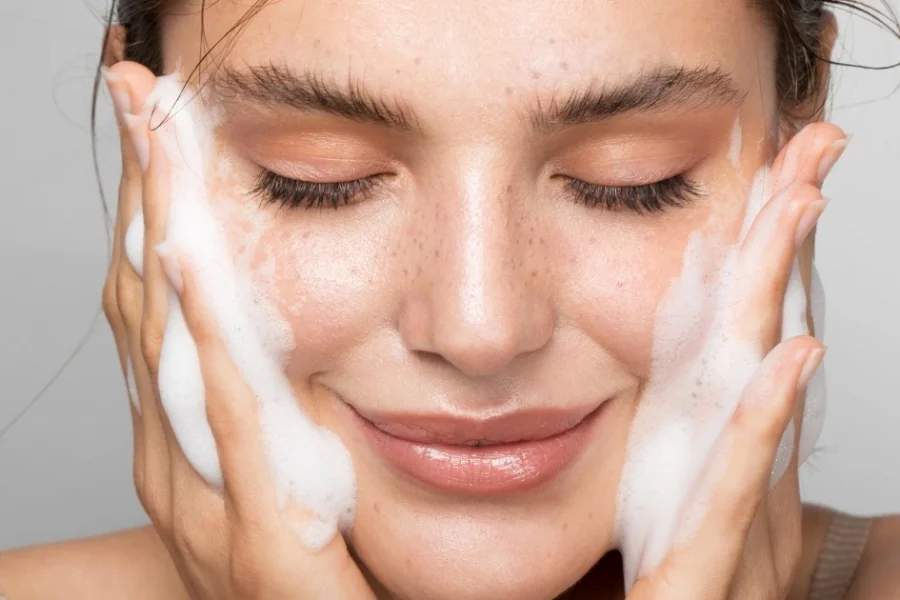What is Comedogenicity? Who Needs to Be Cautious? Which Ingredients Should Be Avoided if You’re Prone to Clogged Pores?

Non-Comedogenic Cosmetics: How to Choose?
“Choose non-comedogenic products” is advice often encountered by individuals with oily skin, prone to breakouts and clogged pores.
However, it’s not always clear why this is important, how to distinguish these non-comedogenic products from comedogenic ones, and what ingredients to look for or avoid.
What is Comedogenicity?
Comedogenicity refers to the tendency of certain ingredients or products to clog pores, potentially leading to the formation of comedones. Comedones are of two types: open (blackheads) and closed (small whitish bumps beneath the skin). They are caused by an accumulation of sebum, dirt, and dead skin cells in the pores, which leads to blockage. Using products with high comedogenicity can significantly increase the risk of these unwanted issues.
Who Should Pay Attention to Comedogenicity?
People with oily or combination skin, as well as those prone to acne, should avoid products that clog pores. Using such products can worsen the skin’s condition, cause new breakouts, and increase sensitivity. If your skin is dry or normal, the risk of clogged pores is lower, so comedogenicity might not be as critical.
How to Determine if a Product is Comedogenic?
Unfortunately, there’s no official comedogenicity scale or certification, so manufacturers don’t always list this parameter on packaging. However, some ingredients are considered potentially comedogenic, including:
- Coconut Oil
- Isostearyl Neopentanoate / Isostearyl Alcohol / Isostearyl Isostearate
- Mineral Oil
- Paraffinum Liquidum
- Isoamyl Laurate
- Wax
- Octyl Palmitate
- Ethylhexyl Palmitate
- Myristyl Lactate, Myristyl Myristate
- Petrolatum
These ingredients are often found in heavy, dense creams, hydrophilic products, and oily products that leave an oily film on the skin.
Tips for Choosing Non-Comedogenic Products
While it’s practically impossible to predict if a particular product will clog pores, the following tips can help when adding new products to your beauty routine:
- Check the Ingredients: If you see potentially comedogenic ingredients at the top of the ingredient list, it’s better to consider a different product.
- Consider the Texture: Lightweight textures like serums or gels are less likely to be comedogenic than dense creams or oily products (though this isn’t always the case, so check the ingredients).
- Start Small: Before applying a new product to your entire face, test it on a small area to see how your skin reacts.
- Read Reviews: While individual reactions vary, if you’re prone to clogged pores, it’s best to avoid products that receive numerous complaints about comedogenicity.



Leave a Comment